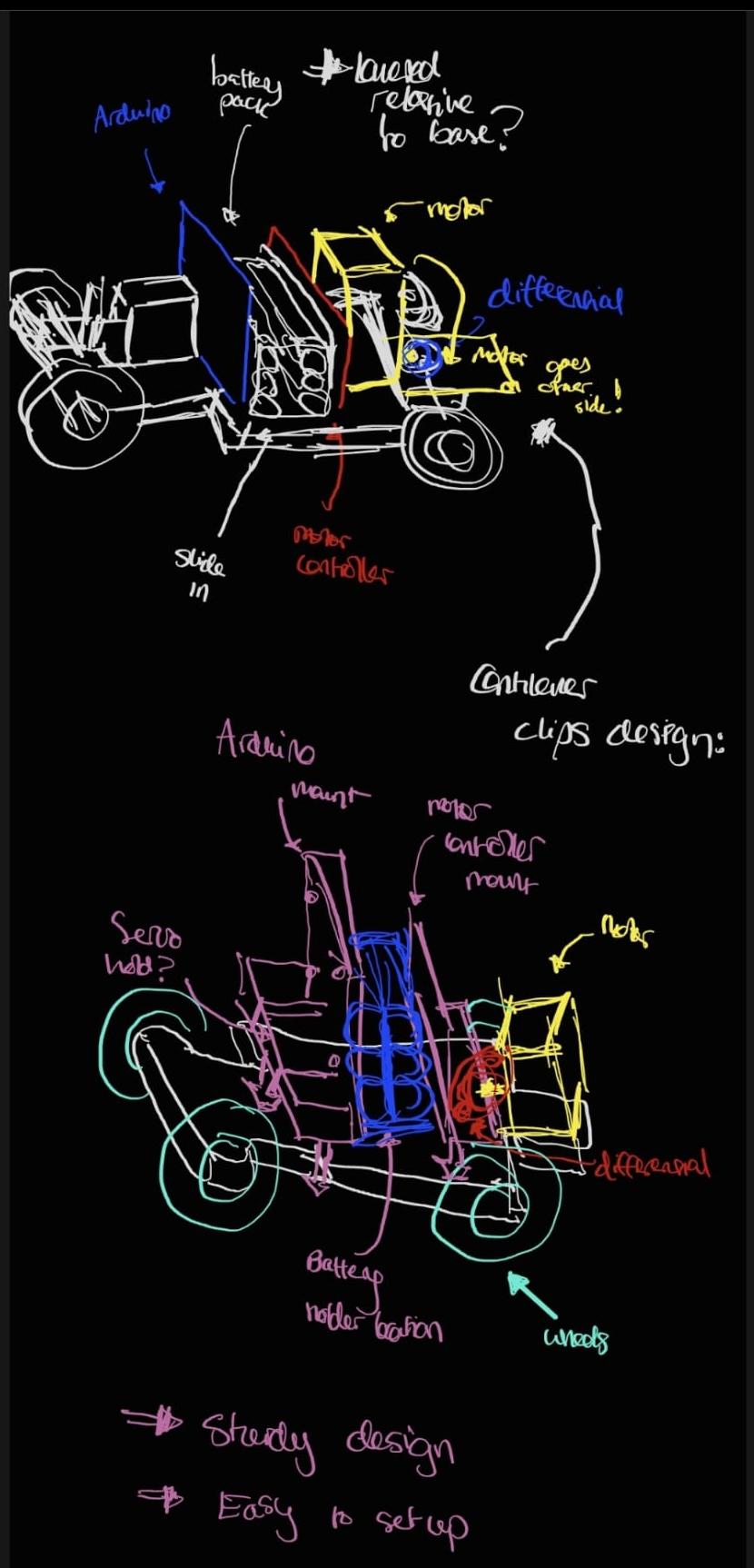In 2019 drivers in Rome lost an average of 166 hours to traffic jams and congestion. In Paris it was 165, Dublin 154 and Athens 107. A 2016 report published by the Swiss Federal Government showed that traffic congestion cost the country CHF 1.6 billion annually in lost time, wasted fuel, environmental damage and accidents.
This year a group of EPFL bachelor’s students in the School of Computer and Communication Sciences undertook a project to Make Intelligent Traffic as part of the Making Intelligent Things course. They used different centralized traffic algorithms on groups of 3D printed Arduino cars to try to coordinate traffic at the same time as allowing users to know the road system and where cars were, in such a way that drivers could avoid traffic jams and congestion.
“We wanted to build a traffic simulation that was more efficient than what we have right now in the world. We had a lot of ideas and in the end built a prototype in which cars didn’t speak directly with each other or determine their own locations but where a camera was directed at the area determining their location centrally by computer vision and sending that information to the cars,” said Anirudhh Ramesh, a second-year IC bachelor’s student and team member.
The team built a road network with crossings and streets which had a number of alternative simulation modes. In one the cars tried to reach a destination that was randomly generated, in another the cars needed to pick up passengers like in a taxi service. The vehicles had small barcodes attached and the camera detected and tracked these. The software developed by the students predicted where the cars should go, giving them instructions and steering them in the right direction.
Small scale demonstration
Currently, autonomous car projects are about specifically making one car able to successfully navigate traffic, avoid dangerous situations and stay on the road. They are not part of a larger network such as this and do not communicate with each other. “On a small, pilot scale this project demonstrated that centralized traffic algorithms were able to make decisions on where the cars should travel in a coordinated manner. It’s wonderful that these undergraduates came together with all their ideas and realized them in a very short time span,” said Professor Christoph Koch, who teaches the course.
“Our main objective was to save people’s time and make traffic safer by making travel more efficient. In creating a system that’s more efficient we also hoped to save energy and fuel, making driving more sustainable in many ways,” Ramesh continued.
A real challenge!
But the project wasn’t all smooth sailing. “Everything that you thought would be a challenge was a challenge! From coming up with a good design for the cars and backend, to getting the camera to detect all the cars and make the Bluetooth connect, there were a lot of loopholes we had to go through to get it to work. I think in the end, ironically, the computer vision things that we had to do were the easiest!” added Louis Dumas, a third-year bachelor’s student and also a team member.
And where might the students want to take this robust and successful simulation project? “We made our project open source and it would certainly be great to see this advance further, perhaps with future students from the course?” said Dumas. “We have laid out a very strong foundation for hardware traffic simulations, and in doing so have learnt many invaluable skills. Maybe in the future we could have a satellite system and the automobile industry could use our software on their vehicles! But we know that’s a long way off!” concluded Ramesh.

